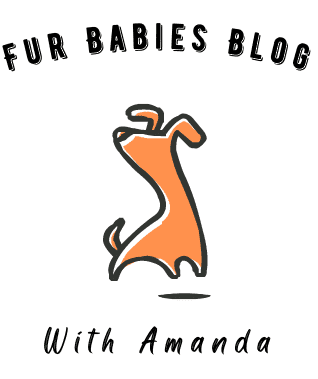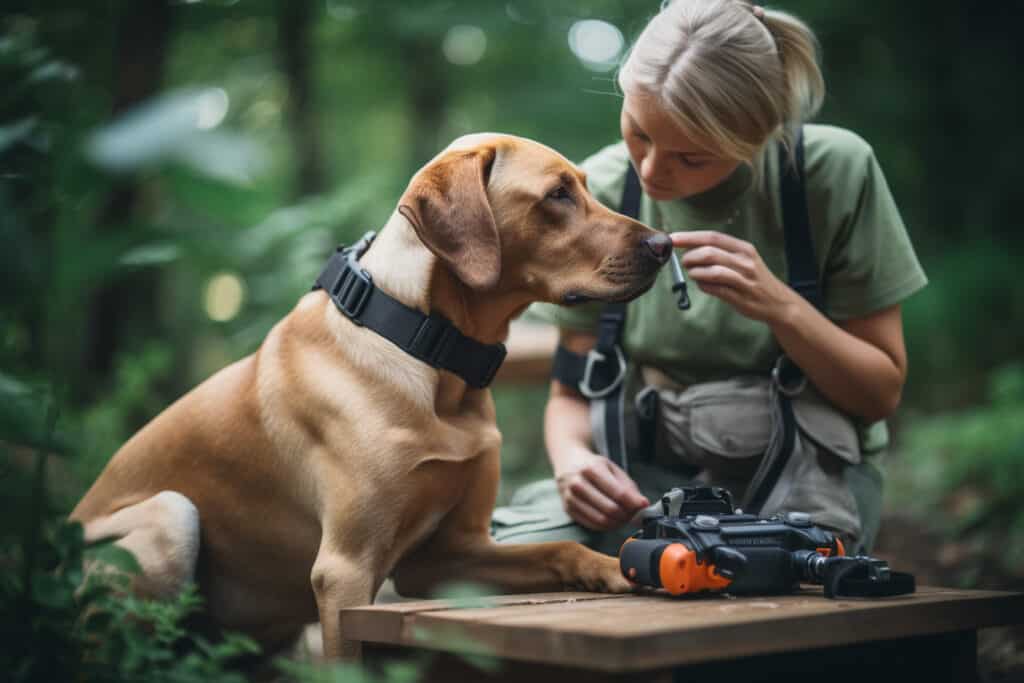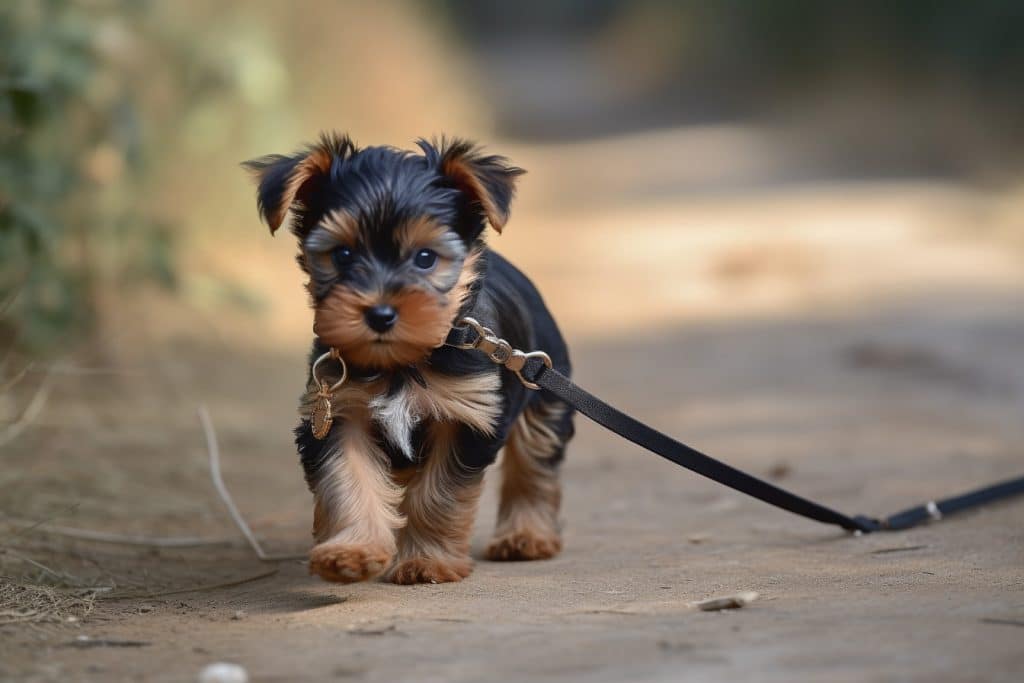Dog Training Plan
Having trained my own dogs, I've seen it all: from the most obedient pups to those with an unyielding stubborn streak. However, one thing that always remains constant is the need to create your own dog training plan.
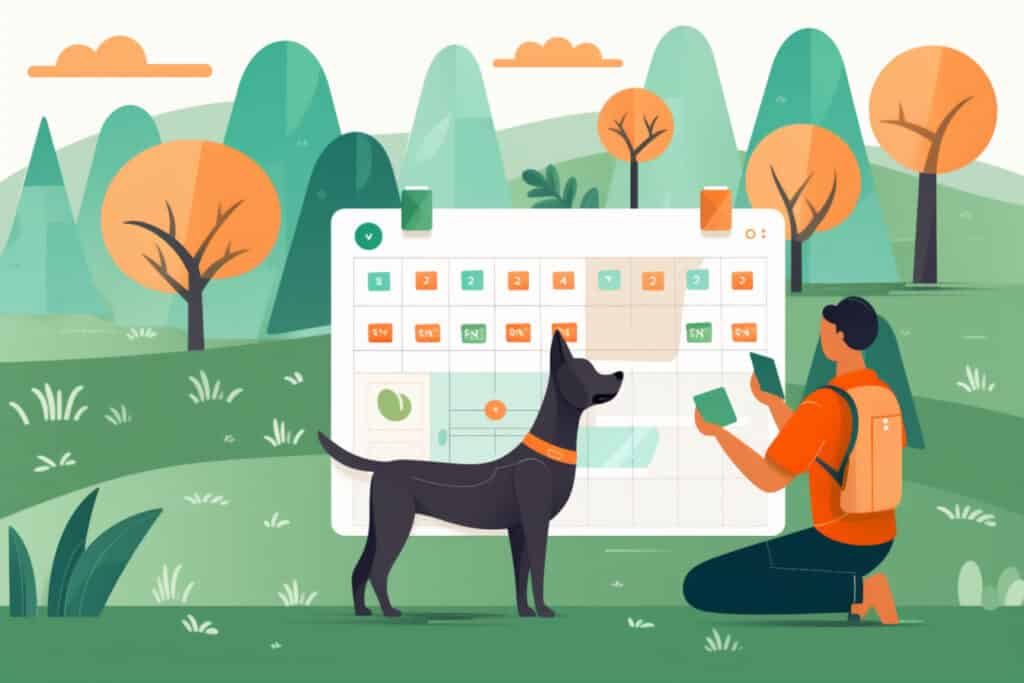
A well-mannered pet can provide joy and happiness not only for you but also for everyone who comes in contact with them. That's why I'm here to share my tried-and-true dog training plan; because whether you're a seasoned pet owner or just starting out on this journey, we all want what's best for our furry friends.
In order to achieve success in teaching your dog new behaviors and commands, consistency and patience are key. But don't worry! You're not alone in this endeavor – I'll be guiding you every step of the way through practical tips and advice based on years of experience as a dog owner.
With dedication and commitment from both you and your pup, there's no doubt that you'll soon reap the benefits of having a well-trained dog who serves as an excellent ambassador for their species while making life more enjoyable for everyone involved.
So, let's get started today on creating that harmonious bond between human and hound!
Understanding Your Dog's Needs
You might think that creating a dog training plan is all about teaching your pet to sit, stay, and roll over. While these basic obedience commands are important, it's also essential to consider the bigger picture of understanding your dog's needs.

A well-rounded canine training program should address not only fundamental skills but also behavior modification, socialization, and setting realistic goals for you and your furry friend. By taking a holistic approach to planning your dog training sessions, you'll be better equipped to tackle any challenges that come up along the way.
To truly understand your dog's needs, start by observing their natural behaviors and instincts. This will give you insight into how they learn best and what motivates them during training. Be sure to use positive reinforcement techniques – like treats or praise – as part of your dog training tips arsenal when working with your pup on new skills or correcting undesirable behaviors.
Don't forget about the importance of proper socialization in helping dogs develop good manners around humans and other animals alike! Setting achievable dog training goals based on your pet’s individual needs will help both of you enjoy a more fulfilling relationship while making progress toward a well-behaved companion.
With this foundation laid out, we can now discuss establishing a tailored training schedule specifically designed for success with your beloved pet.
Establishing A Training Schedule
Establishing a training schedule is crucial for your dog's success in learning obedience and mastering essential commands. A well-planned dog training schedule week-by-week helps both you and your pup stay on track, setting achievable goals while reinforcing good behavior consistently.
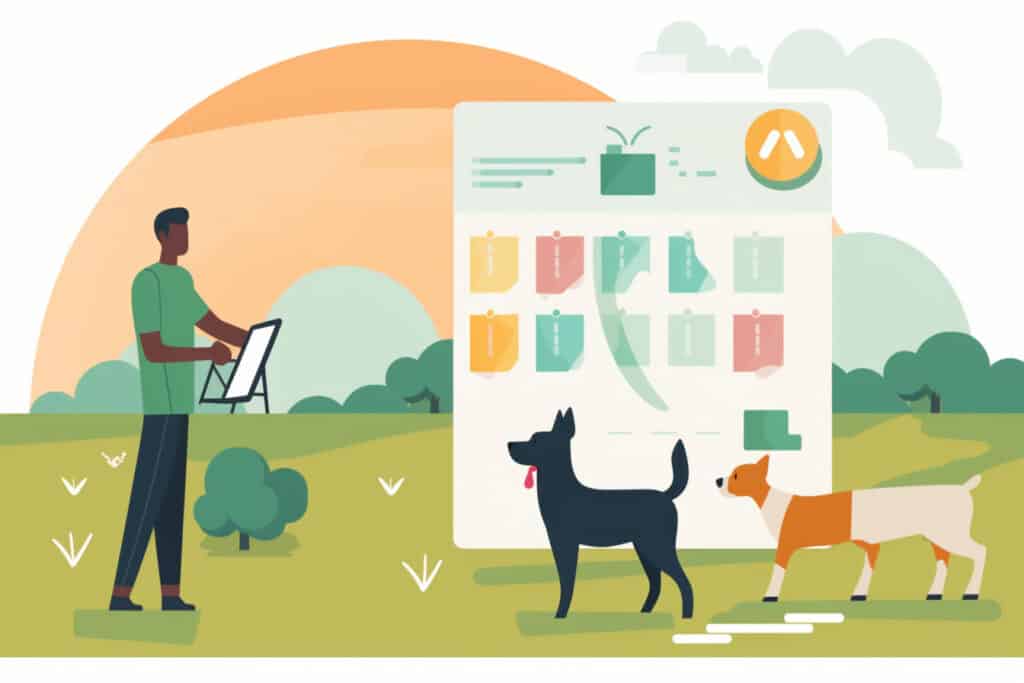
When creating a dog training basic obedience lesson plan, the key elements to incorporate include house training, leash training, crate training, socialization, and teaching essential dog training commands such as sit, stay, come, heel, and down. To ensure an effective puppy training experience from the comfort of your home or through attending structured dog-training classes.
A comprehensive puppy training schedule should take into account various aspects like age-appropriate milestones based on breed size and individual temperament. For example, some breeds may need more time to master specific behaviors than others. But no matter what type of dog you have, or their particular needs are; consistency is vital when it comes to dog obedience training.
The more consistent you can be with your approach – whether that involves dedicating 15 minutes each day at-home practice or enrolling in weekly sessions at a local canine academy – the quicker they will learn and retain these new skills long-term.
Remember that patience is critical during this process since our furry friends thrive off positive reinforcement rather than frustration or anger directed towards them by their humans!
As we move forward in our discussion about how best to train our dogs effectively using reward-based techniques let us explore ways to apply positive reinforcement throughout all stages of your pet's development journey
Applying Positive Reinforcement
Now that you have a structured training schedule in place, it's time to dive into the heart of effective dog training: positive reinforcement.

This powerful method goes hand-in-hand with your well-organized plan and is essential for creating a strong bond between you and your furry companion while teaching them desired behaviors.
Positive reinforcement involves using reward-based training techniques, such as clicker training or offering treats when your dog successfully performs a task or follows a command.
As an aspiring dog trainer, mastering the art of positive reinforcement will greatly improve both yours and your pup's experience during training exercises.
One key piece of advice is to set realistic expectations for yourself and your dog; remember that progress may be gradual, so stay patient and consistent in applying these methods.
When introducing new training commands or working on existing ones, ensure that you're giving clear cues and delivering rewards promptly after successful execution.
By doing so, you'll reinforce good behavior effectively without causing confusion or frustration for your canine buddy.
Clicker training can be particularly helpful here because it provides an instant sound cue to mark correct actions before providing their treat reward – this helps create a stronger association between success and the pleasing consequence (treat).
As you continue practicing various dog training methods, always keep in mind the importance of positivity in shaping your pet's attitude towards learning – after all, happy dogs make better learners!
With diligent application of this technique alongside other appropriate tools like leashes, harnesses, collars etc., we are certain that together you will reach every single one of those dog-training milestones which once seemed daunting.
Speaking of utilizing the right tools…
Utilizing The Right Tools
Just as an artist needs a paintbrush to create a masterpiece, utilizing the right tools is essential in crafting a successful dog training plan. With the myriad of resources available today, it's like having an overflowing toolbox at your disposal – from dog training apps and programs to comprehensive curriculum's and best practices.
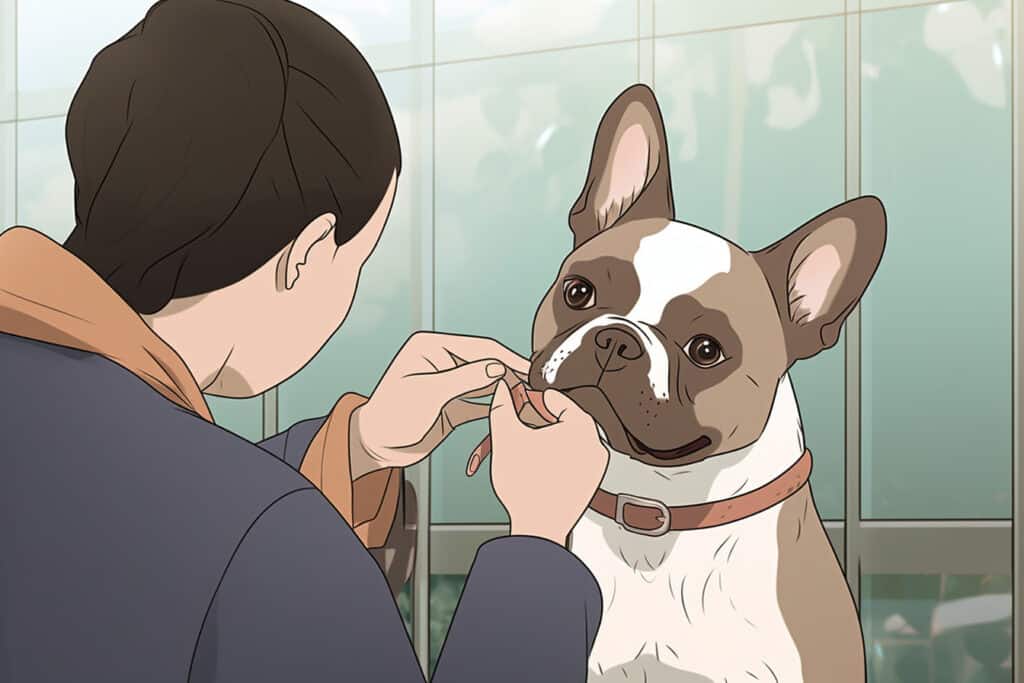
To make sure you're setting yourself up for dog training success, consider incorporating these four key elements into your training plan template:
1. **Dog Training Treats:** Positive reinforcement plays a crucial role in shaping desired behaviors; offering tasty rewards will keep your canine companion motivated and eager to learn.
2. **Training Collars:** While not suitable for every situation or breed, properly used training collars can provide clear communication between you and your furry friend, ultimately enhancing their learning experience.
3. **Dog Training Apps & Programs:** In this digital age, there are countless apps and online programs designed to help both novice and experienced trainers develop effective techniques tailored to their dogs' unique personalities.
4. **Expert Dog Training Resources:** Whether its books written by renowned experts or instructional videos showcasing proven methods, tapping into quality resources can significantly enhance your overall understanding of dog behavior while refining your own approach to training.
With these indispensable tools in hand, you'll be well-equipped to embark on a fulfilling journey toward nurturing a well-behaved, obedient companion who thrives under your guidance.
As we continue exploring our path towards creating an exceptional dog training plan, let us now delve into the importance of setting realistic goals that accommodate each individual pup's progress pace.
Setting Realistic Goals
As you embark on your dog training journey, it's essential to have a well-structured dog training plan template that includes setting realistic goals for both you and your furry companion. Remember, each dog is unique, and their learning pace may vary depending on various factors such as breed, age, temperament, and previous experiences.

For beginners in the realm of canine education, start with basic obedience commands like sit, stay and come before moving onto more advanced dog training techniques. It's important not to rush through this process; instead, practice patience and consistency while celebrating every small milestone achieved along the way.
Aside from developing specific skills in your pup or adult dog, fostering a positive relationship between you two should be an integral part of your dog training philosophy. Puppy training classes can help structure puppy obedience training sessions while addressing common dog behavior problems early on.
However, don't feel discouraged if progress seems slow at times – remember that even experienced trainers need time and dedication when working with new dogs!
Embrace the challenge by focusing on gradual improvements rather than expecting instant results. Your hard work will certainly pay off as you witness your beloved pet transform into a well-behaved family member who brings joy to everyone around them.
Round Up
Understanding your dog's individual needs is crucial for creating a successful training plan. We must remember that each dog is unique and what works for one may not work for another. As a dedicated dog owner or trainer, it's our responsibility to adapt our methods to suit their specific personalities and requirements.
One common objection some people have when starting a training program is the belief that they don't have enough time in their busy schedules to commit to regular sessions.
However, establishing a consistent routine doesn't require hours of daily dedication – even just 15-20 minutes per day can make an enormous difference in your pet's progress over time. Remember, it's more about quality than quantity; being present and attentive during these short training periods will help reinforce positive behaviors effectively.
Lastly, always set realistic goals for yourself and your furry friend as you embark on this journey together. Utilize positive reinforcement techniques and appropriate tools to create a supportive environment where both you and your canine companion can thrive. Keep in mind that patience is key – by working steadily towards smaller milestones, you'll find immense satisfaction while witnessing your beloved pup transform into an obedient, well-mannered member of your family.
Happy training!
FAQs
How do I create a training plan for my dog?
Creating a dog training plan involves setting goals, establishing a routine, and using effective training techniques. First, determine what you want to achieve with your dog, such as basic obedience or specific commands. Next, create a dog training schedule week-by-week to keep you and your pet on track.
You can use a training plan template to help you organize your goals and sessions. Incorporate dog training tips for beginners, and consider attending dog training classes near you for professional guidance. Remember to be patient and consistent in your dog training at home to see the best results.
What are the 5 golden rules of dog training?
The 5 golden rules of a dog training plan include:
a) Consistency: Ensure everyone involved in training uses the same commands and techniques.
b) Positive reinforcement: Reward good behavior with treats, praise, or play to encourage your dog to behave.
c) Patience: Understand that dog training takes time, and each dog learns at a different pace.
d) Setting realistic expectations: Focus on achievable goals and gradually build up your dog's skills.
e) Socialization: Expose your dog to various environments, people, and other animals to create a well-rounded, confident pet.
What is the best training regimen for dogs?
The best dog training plan starts with basic obedience training, which includes essential dog training commands like sit, stay, come, and heel. Establish a week-by-week puppy training schedule to help your dog develop good habits early on.
Use positive reinforcement techniques to encourage desired behaviors and maintain consistency in your approach. Consider enrolling in a dog training class near you for professional guidance and additional support. Incorporate socialization and adapt your training to your dog's age, breed, and individual needs.
What are the 7 basics of dog training?
The 7 basics of a dog training plan include:
Sit: Teach your dog to sit on command, a foundation for many other behaviors.
Stay: Train your dog to remain in place until released, improving impulse control.
Come: Teach your dog to come when called, an essential safety command.
Heel: Train your dog to walk calmly by your side without pulling on the leash.
Down: Teach your dog to lie down on command, a helpful command for relaxation and control.
Leave it: Train your dog to ignore or drop items when asked, preventing them from consuming dangerous objects.
Crate training: Train your dog to be comfortable in a crate, aiding in house training and creating a safe space.
Remember to be patient, consistent, and incorporate socialization into your dog training plan.
